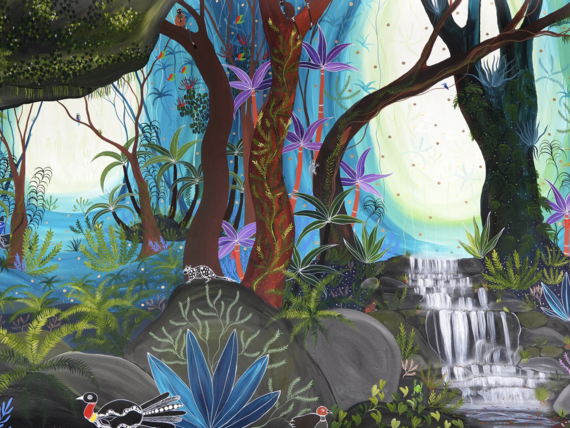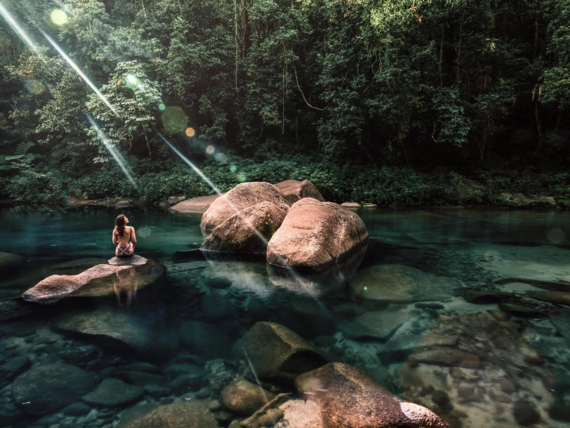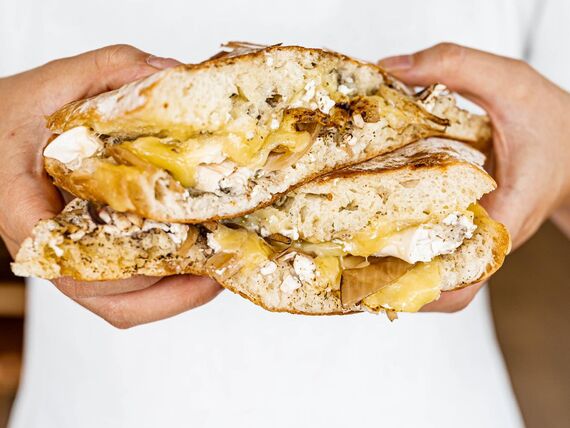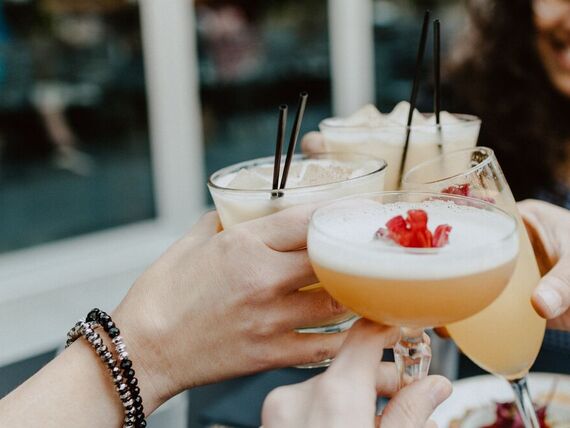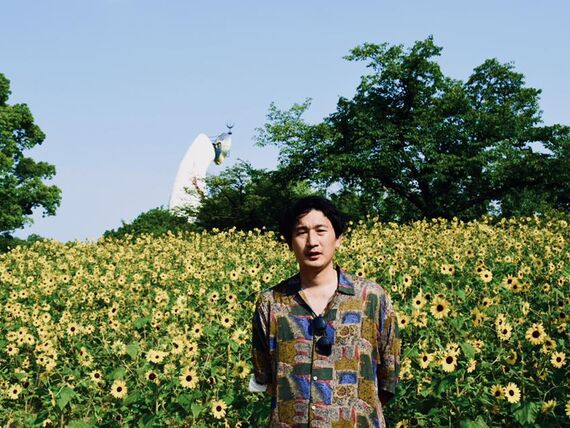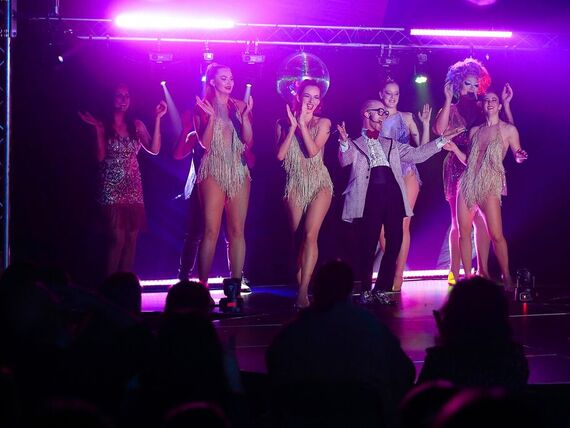The bean scene in Cairns comes of age
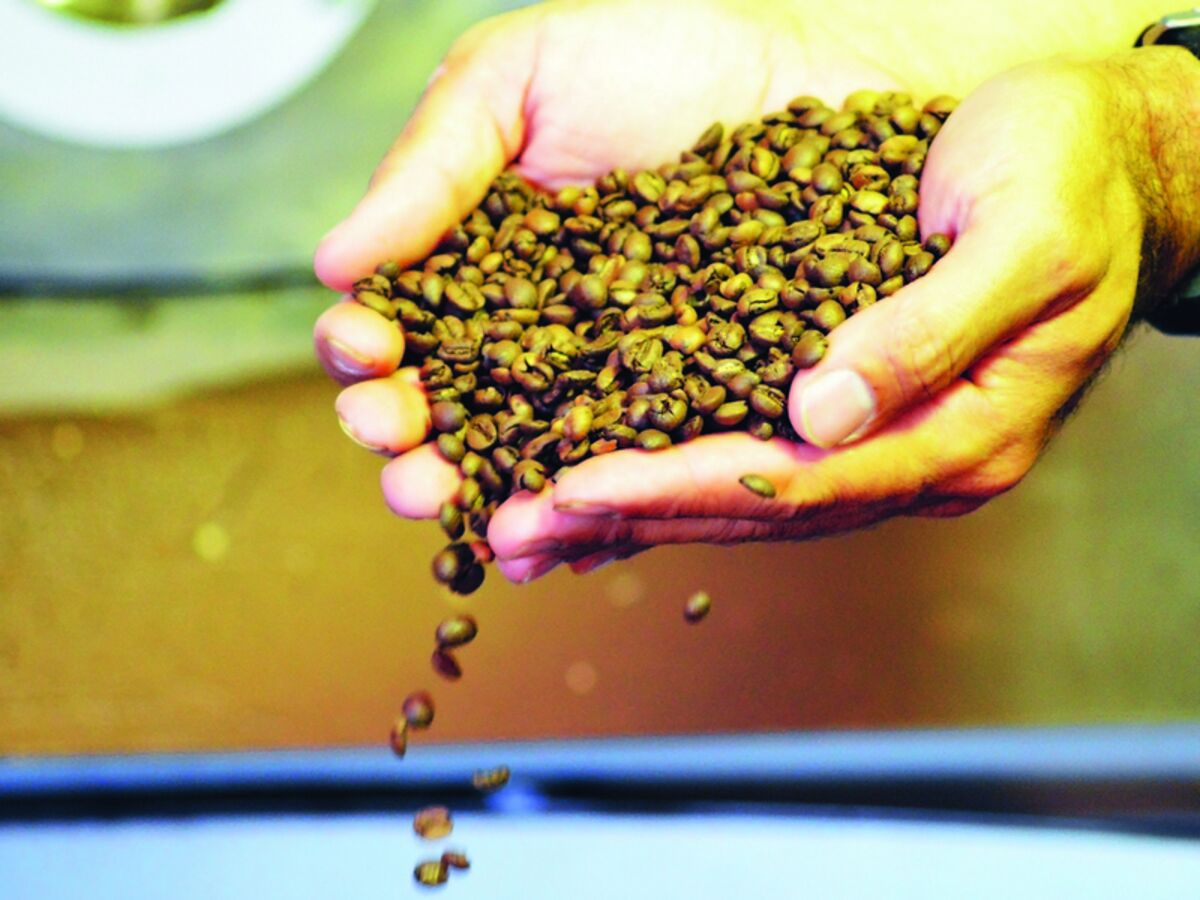
From magics to short macs, espresso shots to long blacks, who doesn't love high-quality caffeine hit?
We’re lucky to live in a region with such a rich coffee history that stretches back to Tableland plantations in the late 19th Century through to today’s thriving hub of roasteries and cool cafes.
We’re spoilt for choice, whether it’s a barista-made cup or locally roasted beans for brewing at home.
To highlight the evolution of the local roasting scene, Tropic Now talks to some of the city’s best to get some insight into their process and passion for the bean.
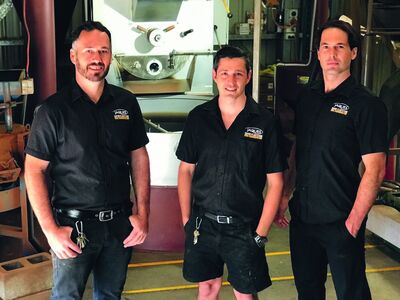
Jason Jacques of JACQUES COFFEE
For generations, Jaques Coffee has been at the forefront of Australia’s coffee culture, stretching back to the 1980s.
What is your ethos when it comes to coffee and in particular roasting?
When we roast our coffee, we know that we are using a virgin 100% pure single origin ecologically sustainable coffee with no food miles attached. Being in control of the growing, harvesting processing. We know our coffee. Truly a beautiful ethos to stand by.
What does the future coffee scene in Cairns look like?
Cairns could have a bright future within the coffee scene, with the coffee growing capital just up the hill on the Tablelands. More eyes from the cafes should be focused uphill where the sun is brighter.
Where do you source your green beans from?
We grow it, pure and simple! You can drop by 7 days per week from 10am – 4pm to the Plantation Café
and Roastery to have one of our baristas craft your favorite espresso or cocktail with lunch, or purchase
our beans directly from our online store with free delivery to your home or workplace.
MORE: Jaques Coffee
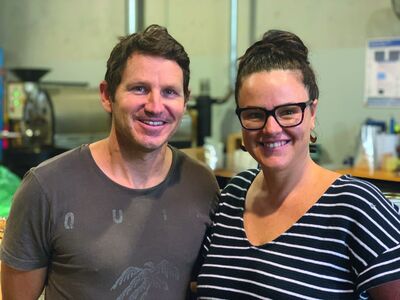
Ali Slotemaker of WHITE WHALE COFFEE
Started roasting specialty coffee in Bungalow in 2010 under the brand Industry One Coffee. After outgrowing their small industrial shed, the team moved to a new operation on Tingira St and rebranded as White Whale Coffee Roasters to reflect their passion for the environment and community.
What is your ethos when it comes to coffee and in particular roasting?
Ultimately our goal is to roast coffee that tastes great to most people. The name People’s Coffee was taken when we started out, otherwise that would have been a great name to encapsulate what we are about - coffee for the people.
Where do you source your green beans from?
We buy the best coffee from all over the world and blend it to create signature blends. Our Beach House Blend is our crowd favorite, Stone Hammer is loved by those looking for a flavor bomb and Carpenter’s Blend (named after Steve’s former career) is a new seasonal offering designed especially for black coffee drinkers. We are working on an exciting new direct-trade relationship which will hopefully come to fruition in 2020. A portion of our coffee beans sales are donated to the Reef Restoration Foundation.
Any advice or tips for coffee lovers?
Find what you like, drink that, experiment from time to time. Filter at home is a delicious low-cost alternative to espresso-based beverages – check out your specialty coffee shop for brewing equipment and advice.
More: White Whale
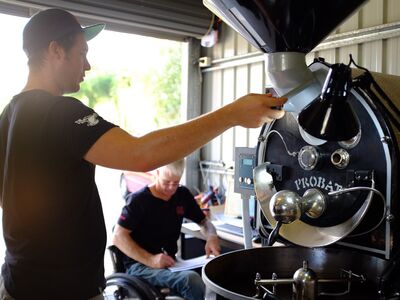
Oliver James of TATTOOED SAILOR
A well-travelled coffee competition judge and former owner of Caffiend, Oliver was inspired to start roasting after a trip to Ethiopia. With business partner Ian, they opened Tattooed Sailor on Newell St in 2016, combining a cafe with their roasting operation.
What is the difference between freshly roasted coffee and coffee that is sold in supermarkets?
There are two main differences. The first is carbon dioxide, a roasting by-product gas that is trapped ithin the physical honeycomb-like internal structure of roasted coffee and provides the silky texture to the crema (foamy and oily bit on top) of espresso coffee. It takes between 1 and 3 months for coffee to fully de-gas, depending on how it was roasted, packed and stored, and the one-way valve in the coffee bag (some release carbon dioxide quickly, some slowly). The second difference is the oxidation and degeneration of the oils in the roasted coffee. These oils, over time, migrate to the outside of the roasted coffee bean and slowly go rancid. This leads to bitterness like an old, rancid oil flavour in the coffee. It takes about four weeks for this to start to happen, again depending on roasting, packing and storing variables.
What does the future coffee scene in Cairns look like?
I think it’s exciting, particularly with the planned 2020 Cairns Coffee Festival. I think we will see more
collaboration between growers, roasters and cafes to really promote our region for the unique coffee place that it is! Coffee growers on the Tablelands grow nearly 70% of the coffee grown in Australia. It’s right onour doorstep and we’re not telling all our customers! The flavours we’ve been creating with new and experimental processing methods at Skybury is super exciting - our roaster James will be competing in the Brewers Cup competition in Brisbane with it!
Your top advice for coffee lovers?
- Shop around, buy from different roasters, drink different origins and blends. Each roaster is like a cuisine - sometimes I feel like Thai or Italian or Japanese or Korean or sometimes a BBQ. As each roaster uses a different machine and different origins, you’ll get a unique perspective on coffee and what they want to showcase.
- Drink all the coffee, from filters and espresso to milky varieties.
- Engage with your barista, ask them about the origin of the coffee and what fun flavours you might find in the coffee.
MORE: Tattooed Sailor
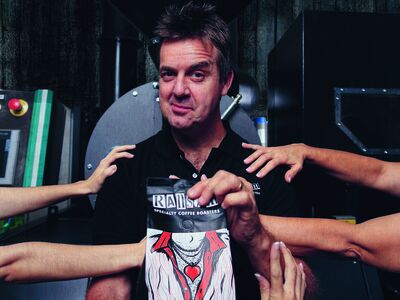
Kirby Koopman of RANSOM COFFEE
Coffee lovers from way back, Ransom started in 2013 with the owners wanting to do something in life that
was enjoyable and challenging - coffee roasting provided both.
What’s the difference between freshly roasted coffee and coffee that has been roasted months or years ago, like you’ll find in supermarkets?
There is literally no comparison. Everything sold in a supermarket is stale and quite frankly revolting. We
conduct barista training and buy a supermarket bag so people can literally smell the difference. Coffee should be used within six weeks of roasting.
Where do you source your green beans from?
We use 4 importers as they all have their specialty regions, then have it shipped by the pallet. We use high
altitude specialty grade coffee from Colombia, Ethiopia, Papua New Guinea, Costa Rica, guatemala, Mexico, Brazil and Honduras.
What is your most sage piece of advice for coffee lovers?
Great coffee doesn’t need sugar - we’ve personally managed to get a lot of people off sugar. However, coffee is subjective so have it the way you like it but be open to suggestions. And no: a caramel hazelnut café latte isn’t coffee, it’s a warm milkshake.
MORE: Ransom Coffee


